UV rays do far more than just tan your skin. They accelerate premature aging, trigger pigmentation, and can even contribute to skin cancer.
The good news? Choosing the right sunscreen and using it correctly can effectively protect your skin.
In this post, we’ll walk you through the types of sunscreen, how to apply it properly, and how to choose the right one for your skin type.
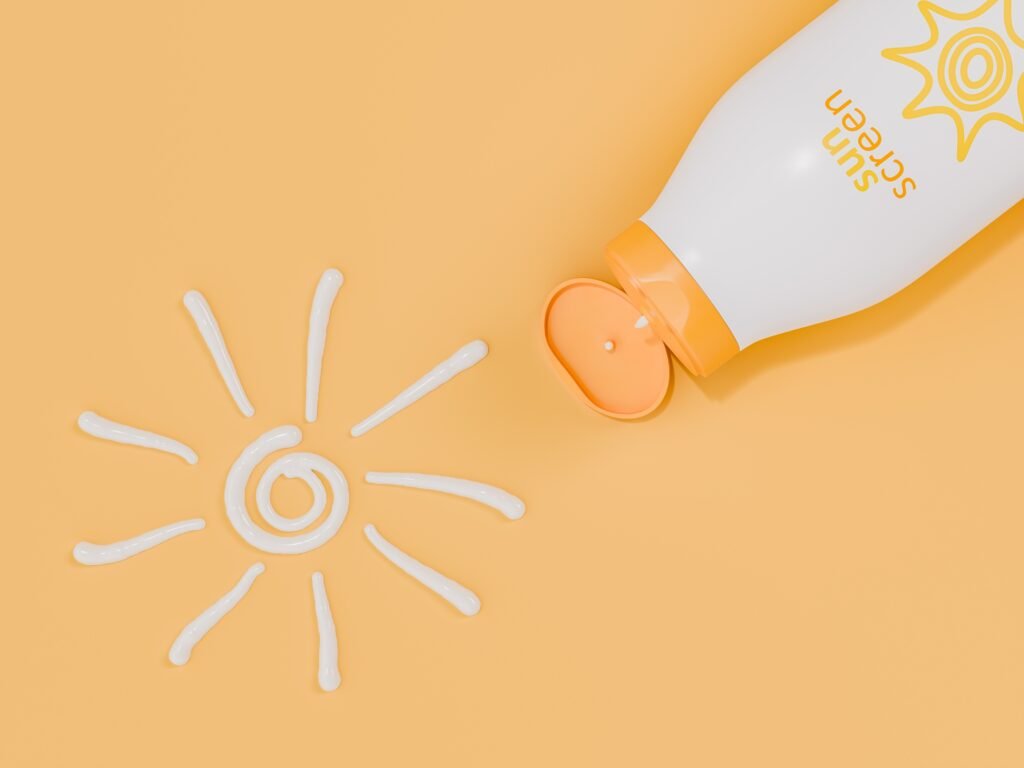
🧴 Two Main Types of Sunscreen
Sunscreens are generally categorized into two types: mineral (physical) and chemical (organic) sunscreens.
1. Mineral Sunscreens
- Key Ingredients: Zinc Oxide, Titanium Dioxide
- How it Works: Reflects UV rays from the surface of your skin
- Pros: Ideal for sensitive skin; less likely to cause irritation
- Cons: May leave a white cast; heavier texture
2. Chemical Sunscreens
- Key Ingredients: Avobenzone, Octocrylene, Oxybenzone, etc.
- How it Works: Absorbs UV rays and converts them into heat
- Pros: Lightweight and clear; works well under makeup
- Cons: May irritate sensitive skin
🔗 A review of sunscreen safety and efficacy
☀️ Understanding SPF and PA Ratings
| Index | Meaning | Details |
|---|---|---|
| SPF (Sun Protection Factor) | Measures UVB protection | Higher numbers indicate better UVB defense (e.g., SPF 30 blocks ~97%) |
| PA (Protection Grade of UVA) | Measures UVA protection | More “+” signs = stronger UVA protection (e.g., PA+++, PA++++) |
Note: UVB causes sunburn, while UVA penetrates deeper into the skin and contributes to wrinkles and pigmentation.
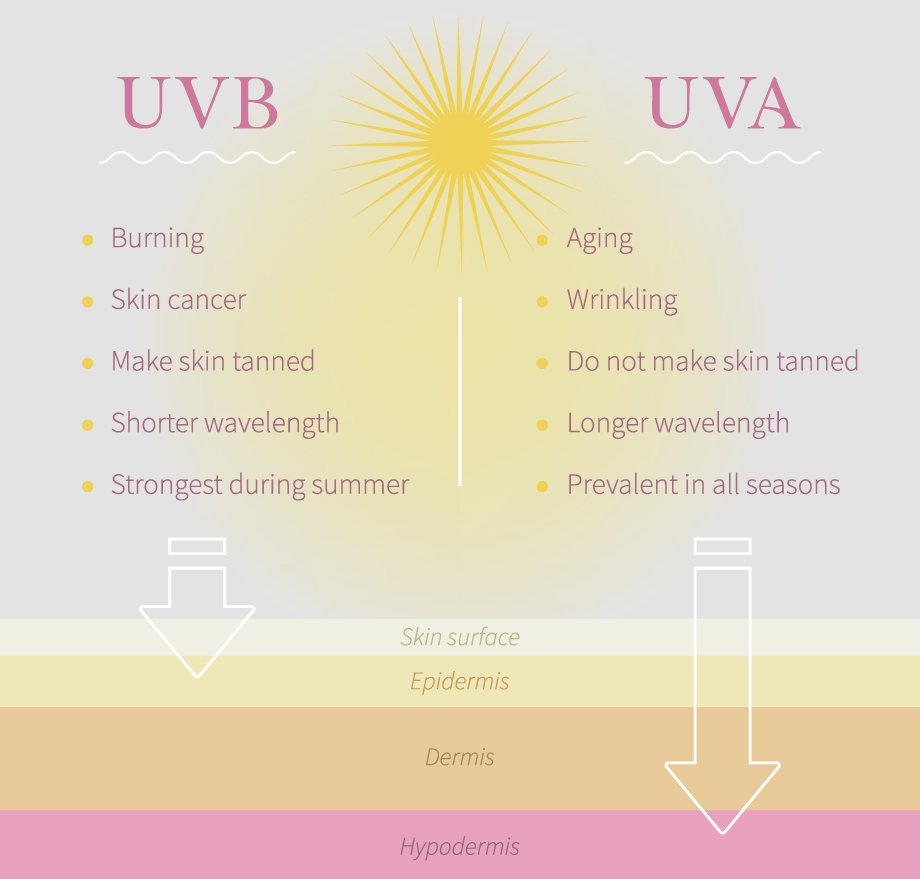
⚠️ UV Damage and Prevention
Sunlight is essential to life, but UV radiation can severely damage your skin. UV rays are classified into UVA, UVB, and UVC, with UVA and UVB being the most harmful to human skin.
☠️ How UV Rays Affect the Skin
| Type | Characteristics | Impact on Skin |
|---|---|---|
| UVA | Long wavelength, penetrates deeply | Causes wrinkles, loss of elasticity, pigmentation, photoaging |
| UVB | Reaches the outer layer of skin | Causes sunburn, pigmentation, increases risk of skin cancer |
| UVC | Mostly absorbed by the ozone layer | Doesn’t reach the skin |
🔬 WHO – Radiation: Ultraviolet (UV) Radiation
🔗 A Complete Guide to Avoiding Sunburns
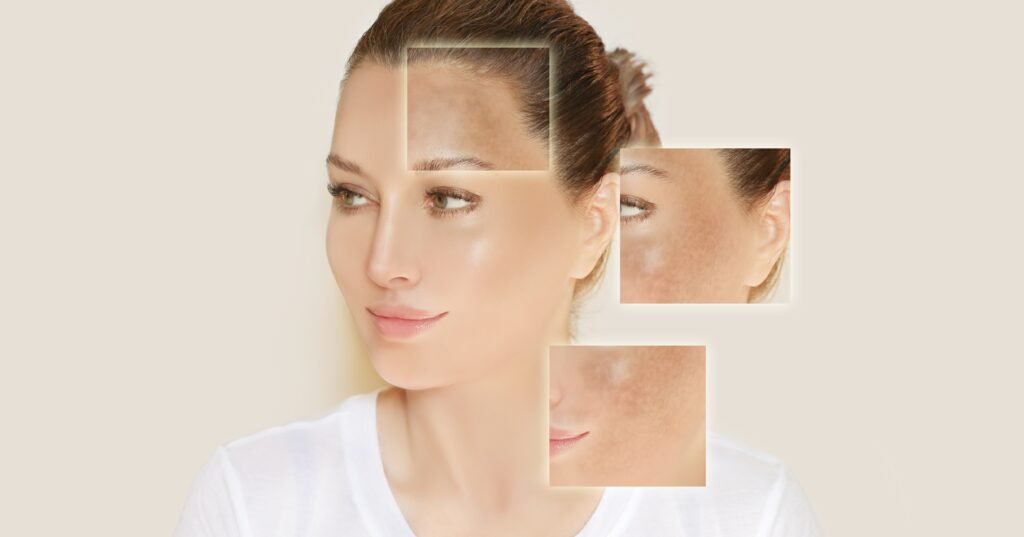
🧬 Common Signs of UV-Induced Skin Damage
- Photoaging: Accelerated wrinkles and reduced elasticity from chronic UV exposure
- Hyperpigmentation: Uneven melanin production leading to dark spots and discoloration
- DNA Damage: UVB can damage skin cell DNA, increasing the risk of skin cancer
🔗 Ultraviolet Light Causes Skin Cell Senescence
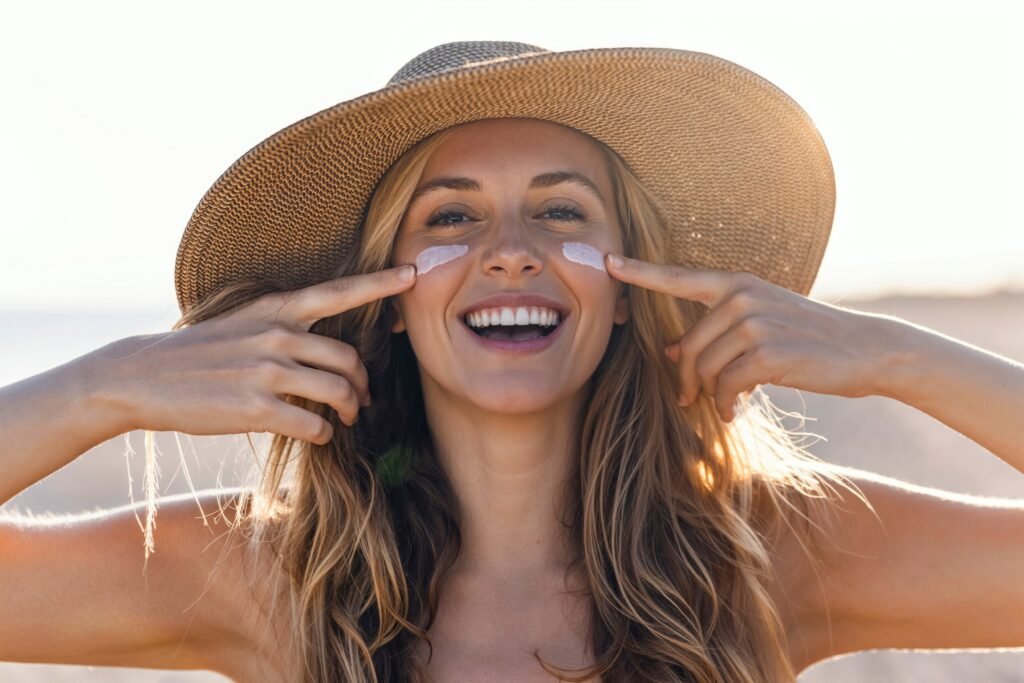
🧴 How to Apply Sunscreen Properly
1. Use the Right Amount
- For the face: About a nickel-sized amount (equivalent to a 500-won coin)
- For the body: Roughly 2mg/cm²
- It’s best to apply in thin, even layers and build up if needed.
2. Apply 15–30 Minutes Before Sun Exposure
- Give it time to absorb into the skin.
- This is especially important for chemical sunscreens.
3. Reapply Every 2–3 Hours
- Sweating, water, and friction reduce effectiveness. Reapply frequently when outdoors.
🔗 American Academy of Dermatology – Sunscreen FAQs
👩🔬 Best Sunscreen by Skin Type
| Skin Type | Recommended Type | Why |
|---|---|---|
| Sensitive Skin | Mineral | Less irritating and highly stable |
| Oily Skin | Hybrid or gel-type | Lightweight and non-greasy |
| Dry Skin | Chemical + moisturizing agents | Hydrating formula for added protection |
| Combination Skin | Balanced or hybrid | Apply accordingly to oily/dry zones |
🔗 Not sure about your skin type? 👉 Know Your Skin Type Guide
🔗 Approved Tips for Choosing a Safe and Effective Sunscreen
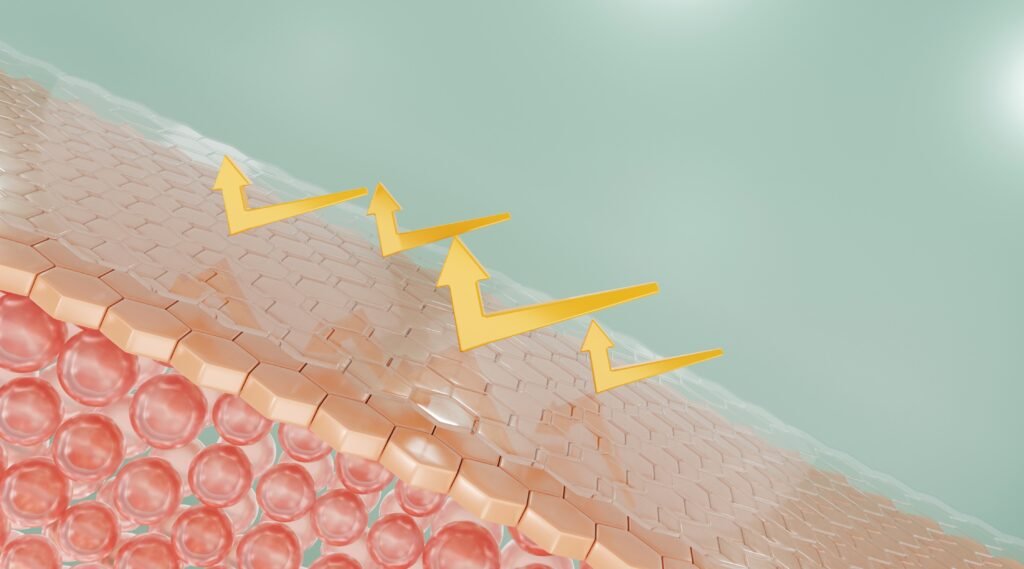
🛡 Lifestyle Habits to Prevent UV Damage
- Use sunscreen daily
→ Consistent use of SPF/PA-rated products is your best protection. - Avoid peak sun hours (10 AM – 3 PM)
→ Stay in the shade or indoors when UV levels are highest. - Wear protective gear
→ Use sunglasses, wide-brimmed hats, and UV-protective clothing. - Use antioxidants
→ Vitamins C and E help reduce oxidative stress caused by UV rays.
→ Add an Antioxidant Serum to Your Basic Skincare Routine - Soothe and repair your skin after sun exposure
→ Use calming ingredients like aloe vera, panthenol, and ceramides
🧠 Expert Tips
- Always apply sunscreen before makeup—it protects and improves your base
- Even indoor light exposure can affect skin; apply SPF daily
- Check the expiration date of your sunscreen—old products lose effectiveness
🔗 Sunscreens part 1: Mechanisms and efficacy
✅ Don’t Fear the Sun, Manage It Smartly
Sunlight brings energy and positivity to our lives—but without proper protection, it can become one of the greatest threats to skin health.
Developing smart sunscreen habits, choosing the right product for your skin type, and building a preventative skincare routine are key to slowing down skin aging and protecting your skin from long-term damage.
The sun shines every day—but your choice to protect your skin can start right now.




Pingback: Anti-aging Ingredients: Your Guide to Youth - GlowTrek